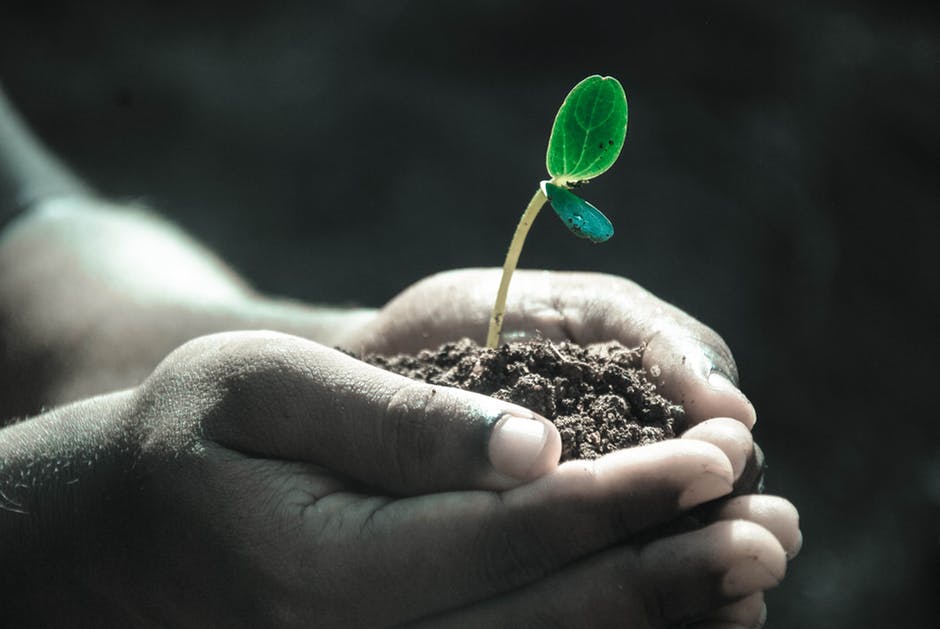Horticulturists are always searching for new advancements in technology to enhance the yield of plants in indoor grow rooms, in regions that experience prolonged periods of winter. These days, cultivators turn to better alternatives that can promote the growth of plants to the best level. Smart growers are turning to high-tech supplemental lights such as Dorm Grow LED grow lights to boost their indoor gardening projects. These kinds of lights provide plants with countless benefits. They increase the quality of the indoor grown plants, reduce the consumption of electricity and thus cut down the costs of power, and promote long-term cultivation by keeping pests away.
In the past, growers were actively using HPS lighting, but now growers are replacing these with LEDs because of their long-term benefits. For indoor growers who are interested or wish to take their indoor cannabis or any plant-growing project a step ahead, these amazing options are the right solution for you.
Here are four steps that could help you to maximize LED grow lights to ensure better plant growth without the need for other enhanced soil-based mediums.
Table of Contents
Step 1: Do Not Over Water Your Grow Systems
A common mistake that growers make when they transition from HIDs to LEDs is over watering their grow spaces. HID grow lighting are popular for the emission of more heat as compared to LED lighting because they contain higher levels of infrared light. The intensity of IR from HIDs dries up the soil for plants and affects its growth because of excess heat. LED lighting systems do not generate excess heat, which is where most of the energy is wasted.
Once you make the transition from HIDs to LEDs, you must keep track on the consumption of water levels of your indoor plant systems. Make sure that you avoid overwatering your plants because excess water will not allow the roots to dry and breath. If you are considering growing plants like cannabis indoors, then you must pay attention to this factor. Maintaining water levels ensures that heating remains stable for better yield of plants.
Step 2: Set Up More LED Grow Light Units
LED lights target specific wavelengths of light to grow plants. You can take a single LED lamp and use it to target different growth sections of plants that use more light. Whether you have a small section or clusters indoors, you can use these lights in your indoor garden for better plant growth. Installing multiple units will ensure maximum yield in your grow space. When you install multiple lights, it allows the beams to overlap and maximizes the distribution of light across your grow space. More lights mean you can also save more as it helps to maintain the right conditions of light.
Step 3: Delineate Light Cycles
Life cycles in indoor spaces help to ensure that a pattern sets up for the biological life of your plants. As you manipulate the cycles of light by increasing or decreasing the hours of light and darkness, it helps to stimulate the photoperiod of plants at any time. Although supplemental lighting helps to fill in the gap of less light during winter, it is important to define light cycles for your plants. During the flowering or vegetative stage, the suitable cycle you as a grower can implement is as much as 18 hours of light during daytime and 6 hours of darkness for flowering plants.
Step 4: Mounting Height Distance
LED grow lights are easy to install. However, you must ensure that you set them up at appropriate heights. Installing these lights at the right height can ensure that your plants absorb the right amount of light to enrich their yield and quality. When you install LED lights, also consider important factors such as the presence of natural light. Ensure that your grow space receive a wide distribution of concentrated light from grow lights. It is advisable that you install these lights at a slightly higher area to increase their area of coverage.
Depending on the type of plants you grow, you can also adjust the light intensity. Keep in mind that mounting the lights at a low level could stress your plants. The best tip here is to follow the recommended height that comes with the manual guide for LED grow lights.
Indoor LED grow lights are great for both small scale and wide scale growers. They help to keep pests away and bring more benefits to the grow space. If you haven’t made the transition from other grow lights, then it’s best to take this step and install LED grow lights in your grow room.















